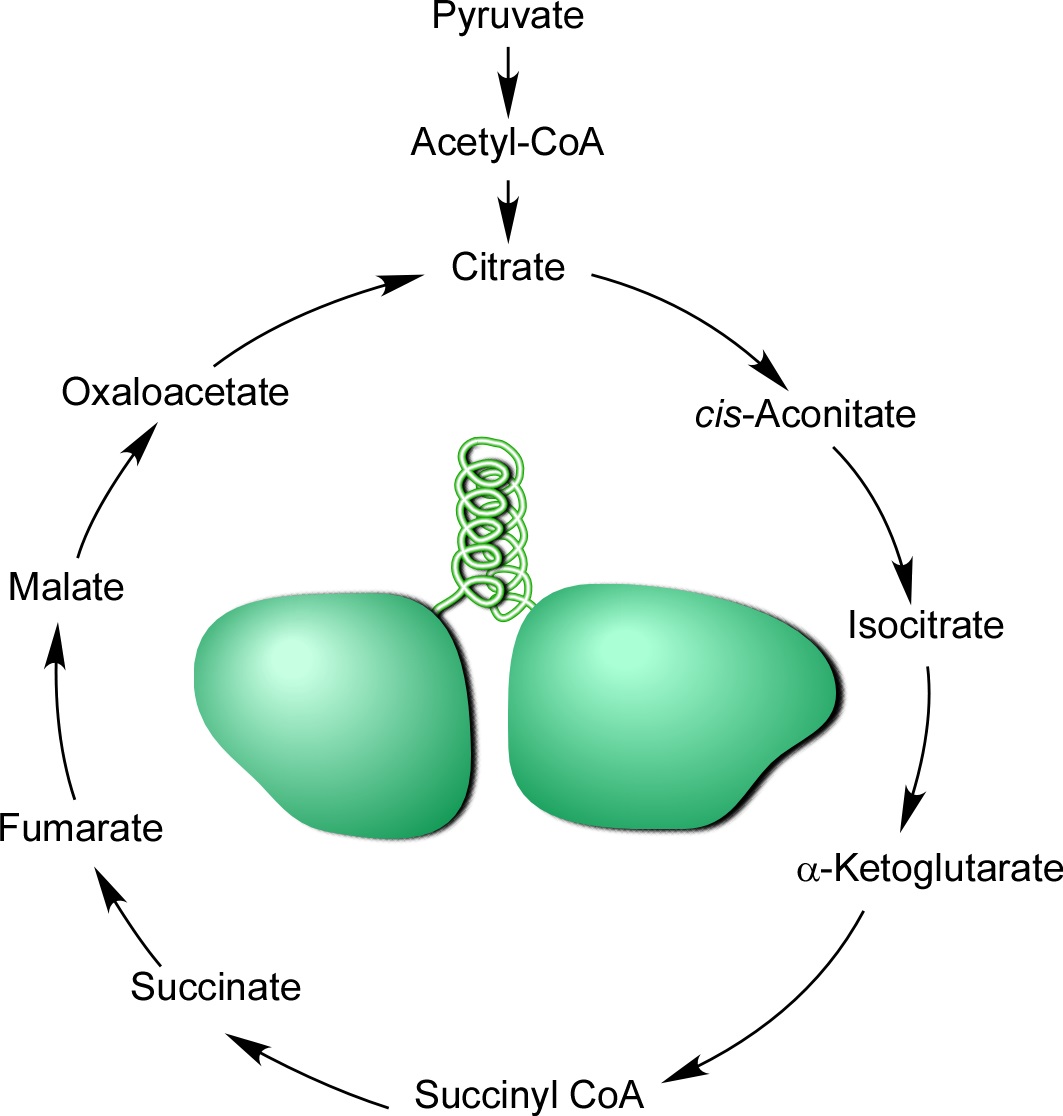- About
- From the Director
- Vision and Mission
- Administration
- General Information
- Student Corner
- General Information
- Medium of instruction in IISc
- Status of IISc
- CGPA to Percentage Conversion
- Migration Certificate / TC
- Relabelling of MSc(Engg)
- Campus Life
- My Life@IISc: a student perspective
- Hostels/Mess
- Gymkhana
- Official transcripts
- Campus Facilities
- Health Centre
- Auditoria and Seminar Halls
- Internal Committee Against Sexual Harassment (ICASH)
- Complaints related to caste-based discrimination
- Current Students
- Fee Structure
- IISc A/c for Tuition Fee
- Students Affairs Committee
- Ombudsperson
- Online Ph D thesis processing with ScholarOne
- Useful Forms
- Academic Integrity
- Students Council
- PG students’ information handbook 2024
- PG students’ information handbook 2023
- PG Students’ Scheme of Instruction
- UG Students’ Handbook & SOI
- Office of Laboratory Safety and Environmental Health
- Student Code of Conduct – 2019
- Opportunities for Current Students
- Prospective Students
- International Students
- Campus Placement
- Student Achievements
- General Information
- Faculty Corner
- Research Scientists Corner
- Admin Staff Corner
- Guests Corner
- Academics
- Divisions
- Division of Biological Sciences
- Division of Chemical Sciences
- Division of Electrical, Electronics, and Computer Sciences (EECS)
- Division of Interdisciplinary Sciences
- Division of Mechanical Sciences
- Division of Physical and Mathematical Sciences
- Centres under the Director
- Autonomous Societies / Centres / Section 8 Companies
- Departments
- Faculty Positions
- Courses
- Undergraduate Programme
- Continuing Education
- Academic Bank of Credits
- Student Information Handbook 2023
- SCC
- IQAC
- Graduate Programmes
- Divisions
- Admissions
- Research
- News & Events
- Engage with IISc
- Accr. & Ranking
- A-Z




 About 1 billion years ago, in a single-celled ancestor of all animals, a gene fusion of two tRNA synthetases formed the bifunctional enzyme, glutamyl-prolyl tRNA synthetase (EPRS). This enzyme ligates amino acids glutamic acid and proline with their cognate tRNAs which is vital for protein synthesis (or translation) in all living organisms. We propose here that a confluence of metabolic, biochemical, and environmental factors contributed to the specific fusion of glutamyl- (ERS) and prolyl- (PRS) tRNA synthetases. To test this idea we developed a mathematical model that centers on the precursor-product relationship of amino acids glutamic acid and proline, as well as metabolic constraints on free glutamic acid availability near the time of the fusion event. Our findings indicate that proline content increased in the proteome during the emergence of animals, thereby increasing demand for free proline. Together, these constraints contributed to a marked cellular depletion of glutamic acid and its products, with potentially catastrophic consequences. In response, an ancient organism invented an elegant solution in which genes encoding ERS and PRS fused to form EPRS, forcing co-expression of the two enzymes, and preventing lethal dysregulation. The substantial evolutionary advantage of this co-regulatory mechanism is evidenced by the persistence of EPRS in nearly all extant animals.
About 1 billion years ago, in a single-celled ancestor of all animals, a gene fusion of two tRNA synthetases formed the bifunctional enzyme, glutamyl-prolyl tRNA synthetase (EPRS). This enzyme ligates amino acids glutamic acid and proline with their cognate tRNAs which is vital for protein synthesis (or translation) in all living organisms. We propose here that a confluence of metabolic, biochemical, and environmental factors contributed to the specific fusion of glutamyl- (ERS) and prolyl- (PRS) tRNA synthetases. To test this idea we developed a mathematical model that centers on the precursor-product relationship of amino acids glutamic acid and proline, as well as metabolic constraints on free glutamic acid availability near the time of the fusion event. Our findings indicate that proline content increased in the proteome during the emergence of animals, thereby increasing demand for free proline. Together, these constraints contributed to a marked cellular depletion of glutamic acid and its products, with potentially catastrophic consequences. In response, an ancient organism invented an elegant solution in which genes encoding ERS and PRS fused to form EPRS, forcing co-expression of the two enzymes, and preventing lethal dysregulation. The substantial evolutionary advantage of this co-regulatory mechanism is evidenced by the persistence of EPRS in nearly all extant animals.